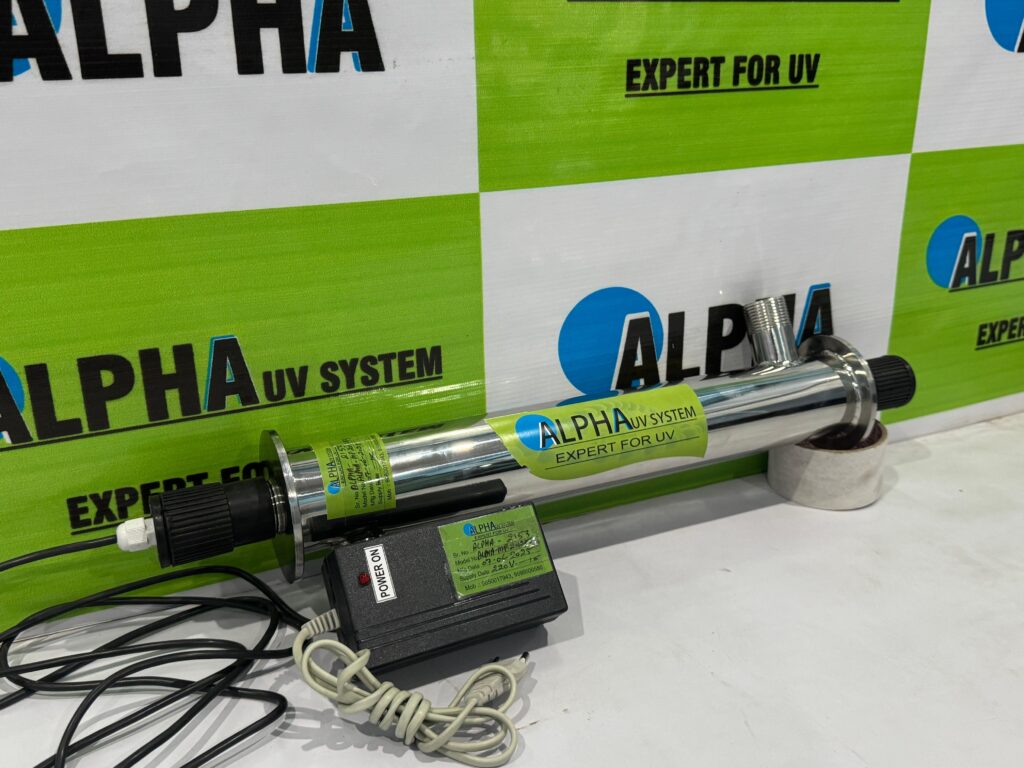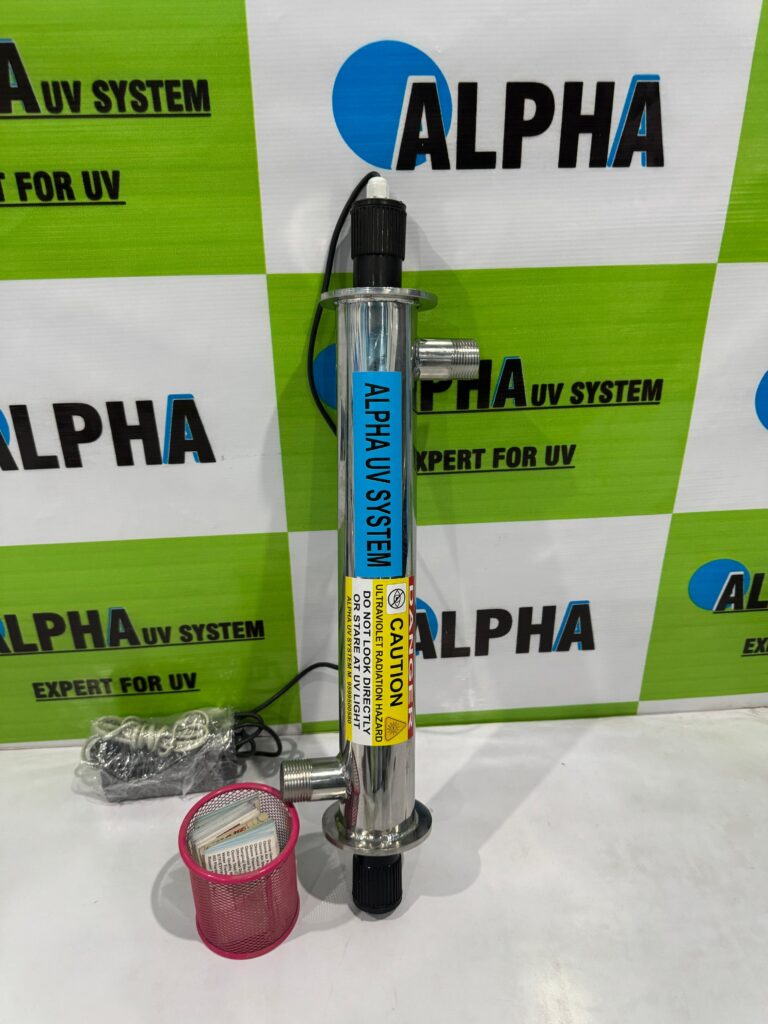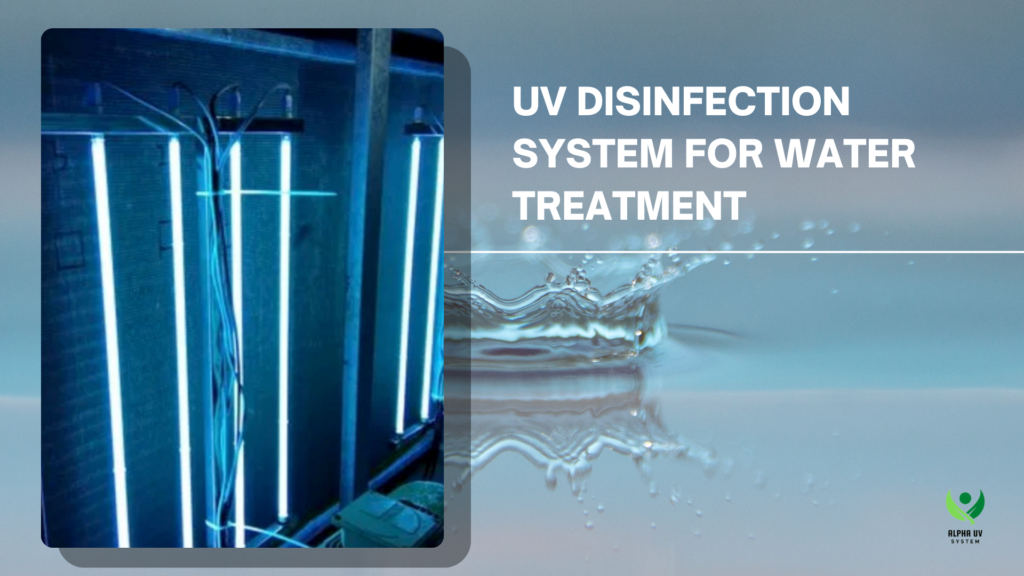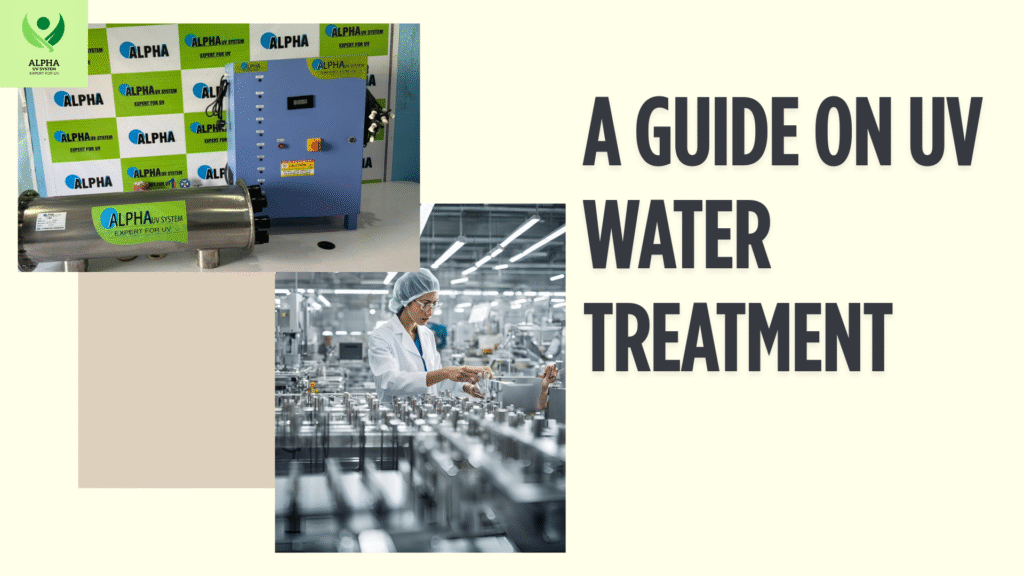UV For DRINKING WATER

Ultraviolet (UV) technology has revolutionized water purification, offering an effective, chemical-free solution for ensuring safe drinking water. UV for drinking water systems employ germicidal UV-C light at a wavelength of 254 nanometers to eliminate bacteria, viruses, parasites, and other pathogens without altering taste, odor, or mineral content. Unlike chlorination, which introduces chemicals and can form harmful byproducts, UV disinfection is instantaneous and environmentally friendly, making it an ideal choice for both residential and commercial applications.
As water flows past the lamp, UV-C radiation penetrates microbial cell walls, causing DNA damage through the formation of cyclobutane pyrimidine dimers and 6-4 pyrimidine-pyrimidone photoproducts. This irreversible genetic disruption prevents microorganisms from reproducing or causing illness. To achieve a 99.99% reduction of target pathogens—such as Escherichia coli, Salmonella, rotavirus, and Cryptosporidium—most systems deliver a UV dose of at least 40 mJ/cm² under proper flow and water clarity conditions.
Modern UV for drinking water systems include pre-filtration components to remove sediments that could shield pathogens from UV light, power ballasts to regulate lamp output, and indicator lights that confirm proper operation. Residential point-of-use units treat water at a single faucet, while point-of-entry models protect all water entering a home, handling flow rates up to 40 gallons per minute. Commercial systems scale up with multiple lamps and advanced monitoring to serve restaurants, healthcare facilities, and industrial processes. Annual maintenance typically involves lamp replacement every 9,000 hours, quartz sleeve cleaning, and periodic pre-filter changes, costing approximately $100–$200 per year in most households.
Compared to traditional methods, UV for drinking water offers significant advantages. It preserves the water’s natural qualities and requires no chemical storage or handling, eliminating the risk of toxic byproducts. UV systems consume minimal electricity—around $10–$20 annually—and produce no wastewater, contrasting sharply with reverse osmosis units. While RO excels at removing dissolved solids, UV disinfection complements it by neutralizing chlorine-resistant pathogens without sacrificing beneficial minerals or generating brine.
Selecting the right UV for drinking water system begins with a water quality analysis to identify contaminants and determine necessary UV dosage. Homeowners should size their systems 20–30% above peak demand to ensure consistent disinfection during high usage. Look for NSF or EPA certifications and reputable manufacturers with strong support networks. Emerging UV-LED technologies promise mercury-free operation and longer lifespans, while smart, IoT-enabled systems offer real-time performance data and predictive maintenance alerts.

READ OUR LATEST BLOGS
UV DISINFECTION SYSTEM FOR WATER TREATMENT
Water treatment is a critical aspect of ensuring public health, and the need for effective disinfection has never been more apparent.
Understanding the UV Water Treatment System
In today’s world, access to clean and safe water is more important than ever. As industries grow and water pollution increases, finding effective and eco-friendly ...


